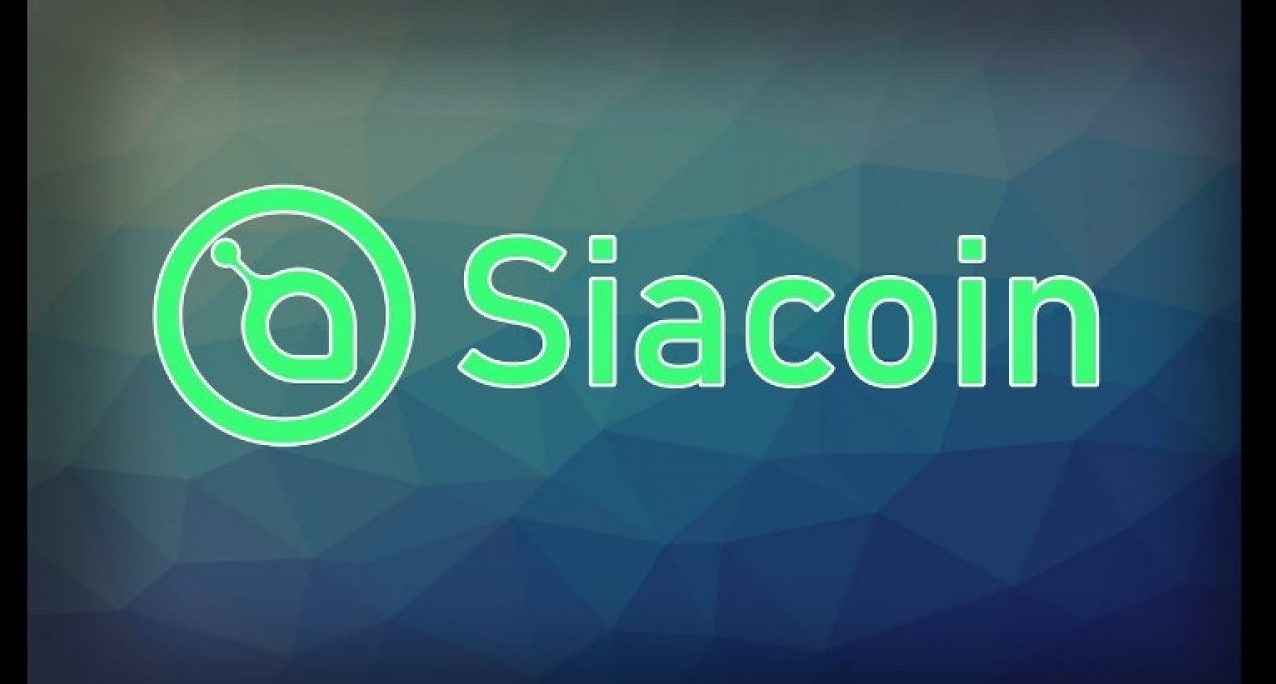
Sia is a cryptocurrency software that allows any computer running it to rent out unused hard drive space to users looking to store files.
Sometimes branded as an “AirBnB for hard drives,” Sia is similar to cloud storage solutions like those offered by tech giants Amazon or Google, only rather than trusting a company to manage and store their data, its users rely on software and a distributed network of global computers.
To accomplish this, files stored through the Sia network are sliced into tiny pieces, so only a small portion of each is stored on any one hard drive. The files are also encrypted, so network users can be confident their data is safe from unauthorized access.
Those looking to store files on another Sia user’s hard drive then pay for the privilege using Siacoin, the platform’s native cryptocurrency.
As of 2020, Sia has a network capacity of more than 2 petabytes (2,256 terabytes), with roughly 333 node operators actively securing the network. It currently hosts some 766 terabytes of files.
How does Siacoin work?
Siacoin is the currency of the Sia network. Renters pay hosts in Siacoin to utilize their hard drive space, and hosts are paid out only after they’ve proven they are storing the file in question.
Sia achieves this functionality by using a form of smart contract called “file contracts,” which establish parameters of the host-renter relationship like price and uptime commitments.
These contracts typically last 90 days and are automatically enforced by the network.
When a file contract is completed, the host must prove they are actually storing the data they claim to be in a process known as storage proof, which allows a host to prove the tiny portion of data they’re storing is actually part of the renter’s file.
The host gets paid in Siacoin if that proof is added to the blockchain within a set time period.
Before files are uploaded and distributed to hosts, Sia breaks them into 30 pieces, each of which is encrypted. This ensures the network is not subject to a single point of failure.
The Sia software further uses a technology called erasure coding, which builds in redundancies to ensure a user can always access their files even if as many as 20 out of 30 hosts are offline.
What are Siafunds?
Siacoin is the cryptocurrency exchanged between renters and hosts, and that is used to fulfill Sia’s smart contracts. But the network has another token as well, Siafunds.
Siafunds facilitate the Sia network’s growth by incentivizing more users to participate.
Specifically, the tokens entitle holders to a 3.9% share of each funding source after a contract is completed, including renter fees, bandwidth costs, and host collateral.
This means that while there is no limit on how many Siacoins can exist, there will only ever be 10,000 Siafunds tokens, all of which were created when Sia’s software first launched in 2015.
Initially, Nebulous owned all 10,000 Siafunds, but the company has since held several token sales to help fund the network’s development. As of 2020, Nebulous retains ownership of about 8,750 Siafunds, with the rest held by Sia users.
The value of Siafunds rises and falls with the quantity, value and size of contracts on Sia.
The Sia Blockchain
The Sia blockchain is similar to Bitcoin’s blockchain, only with modifications that enable it to efficiently store and exchange files.
Because the files are scattered among different nodes, no single node can access them. Even if they somehow got the renter’s private key, all they would have is a fraction of the file stored.
This means Sia is able to provide a consistently high uptime like the Bitcoin Network (since it’s not dependent on Internet Service Providers (ISPs) that could go down without warning), while also ensuring users don’t have to trust each other to store files and use the network.
Renters are further protected from would-be malicious hosts by requiring proof of storage. This compels hosts to prove they are online and properly preserve all of the renter’s data.
Source: https://www.kraken.com/learn/what-is-siacoin-sc/

Comments